Being assertive is not just about expressing your rights; it is also about increasing the efficiency of your communication with others. There are a number of ways you can express yourself to achieve this aim. This article suggests a few useful sentence formulations to help you express yourself assertively and increase your confidence in dealing with potentially aggressive people.
Assertive behaviour sits between aggressive and passive behaviour. When some people are criticised, they say nothing or feel intimidated to speak up. This is the passive behaviour. In contrast, some people react strongly and emotionally, become angry and loud or even insulting. This is the aggressive behaviour.
In other words, a lot of people give in to the criticism or react strongly without focusing on the message. Naturally, these behaviours are not optimal and do little to make the person feel better about themselves or others. Fortunately, there is a middle ground we can use which is known as assertiveness.
Sentence Formulation
To formulate your sentences in an assertive way, start your sentences using the following:
- “I don’t want you to…”
- “I want to…”
- “I liked it when you said…”
- “I liked it when you did…”
- “When you do…I feel…”
- “Would you…”
- “I have a different opinion. I think that…”
- “Let’s agree to disagree on this and move on.”
- “When you do…I feel…because…”
- “I have decided not to…”
- “I won’t…”
Guidelines on Assertive Communication
- Use “I statements” to focus the conversation on you and not blaming others. Examples:
- “I feel hurt” rather than “You hurt me”
- “I don’t agree” rather than “You are wrong”
- “I feel ignored” rather than “You don’t care”
- “I am treated unfairly” rather than “You are so unfair”
- Say “No” when you want to mean it. The word “No” is quite powerful, so use it.
- Deliver your message to the person that matters, not to everyone else but the person.
- If you don’t understand the other person, ask for clarification. Don’t assume or interpret what they said. A wrong interpretation can make you upset and you may then react strongly which the other is probably going to react to as well. This is because they really didn’t say what you thought they said and this can easily lead to a whole new conflict.
- If you want to say “No”, you can tone it down by offering alternatives. This suggests that you are at least sincere.
- Avoid exaggerations such as “You always…”, “You are…”, “You constantly…”, “You never…”, “You are the most…”. They are never true, so there is no point to state them like that as they will be instantly rejected and the focus of the conversation will change towards them.
Fogging
A very useful technique is known as “fogging”. The idea is that when someone criticises you, you acknowledge something in their criticism that you agree with. However, you ignore the rest. For example:
- “I agree with you on how you feel about this, though let me explain…”
- “You are quite right about the recent management attitude. I totally agree with you. Let’s bear in mind though that the staff have not been ideal either…”
- “Certainly, you are entitled to you own opinion and I respect that. I interpret what happened differently though, because…”
- “You are right on the spot about the recent price increase. This is however out of my control. What I can do for you is…”
Example
Lets’ go through an example. Consider the following scenario:
You have made plans to attend your best friend’s birthday party. Your boss asks you to stay over time and finish a job. You usually accept these last minute requests as you want to be in good terms with your boss, but tonight, you really have to go.
How would you respond to your boss?
Before reading further think of how you formulate your sentence. Ideally, you should respond assertively with confidence, calm and with adequate reasoning.
Possible Response:
“I understand that you want me to do the job. However I have already made arrangements for tonight and I really need to be somewhere else. I know how you feel about this job, so if it can wait till tomorrow, I am happy to stay overtime tomorrow to sort it out.”
Assertive communication is a skill that requires persistence and practice. You can master the art by attending Assertiveness Skills training. In addition, trainers can also use Assertiveness Skills Training Materials and courseware to setup courses on assertiveness and train others on this important behaviour.
Comments
By Soumya @ Thursday, April 21, 2011 10:09 AM
Training materials are advanced one , it will help every body.
Soft Skills Training Materials
Get downloadable training materials
Online Train the Trainer Course:
Core Skills
Learn How to Become the Best Trainer in Your Field
All Tags
Training Resources for You

Course Design Strategy
Available as paperback and ebook

Free Training Resources
Download a free comprehensive training package including training guidelines, soft skills training activities, assessment forms and useful training resources that you can use to enhance your courses.

Our Comprehensive Guide to Body Language

Train the Trainer Resources
Get Insights - Read Guides and Books - Attend Courses
Training Materials
Get downloadable training materials on: Management Training, Personal Development, Interpersonal Development, Human Resources, and Sales & Marketing

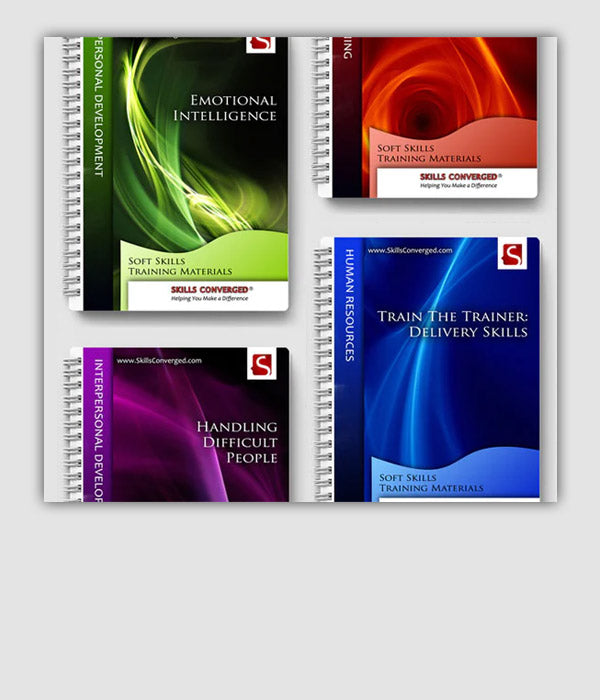
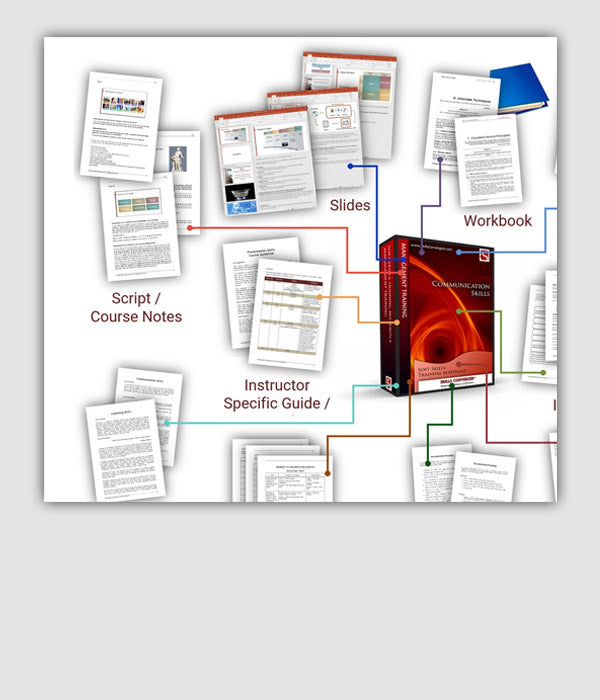


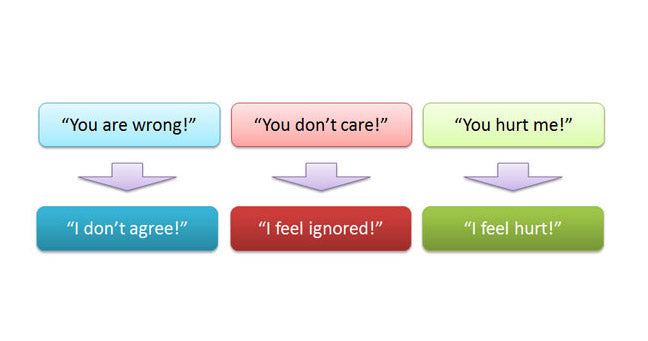


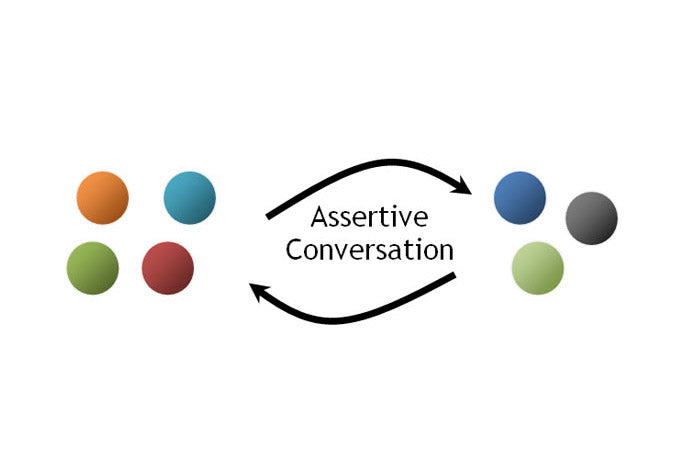
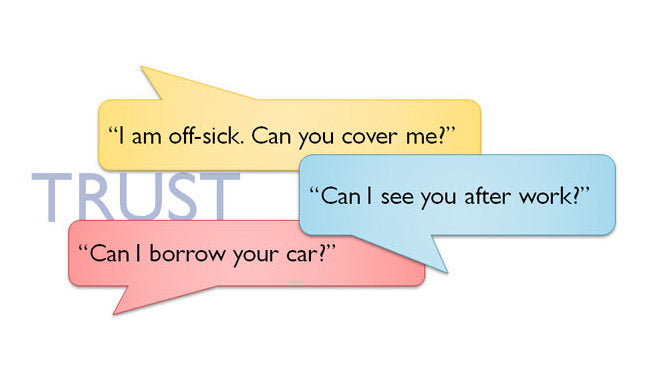




Leave a comment
All comments are moderated before being published.
This site is protected by reCAPTCHA and the Google Privacy Policy and Terms of Service apply.